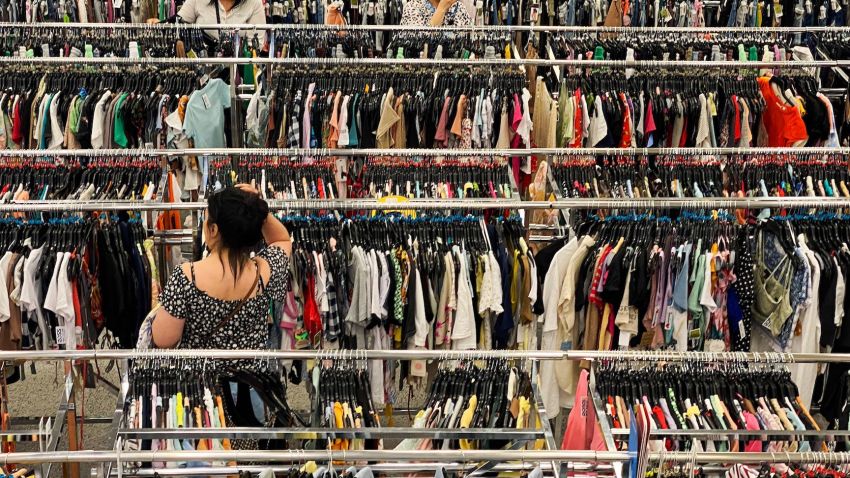There has long been a threshold that few issuers of store-branded credit cards have been willing to surpass: the 30% annual percentage rate.
However, amid a rapid succession of blockbuster rate hikes by the Federal Reserve, those lines in the sand are quickly being crossed. At least a half-dozen major retail credit cards — including those for Kroger, Bloomingdale’s, Macy’s, Shell, Exxon Mobil and Wayfair — recently bumped up their maximum APRs to more than 30%, according to Matt Schulz, chief credit analyst for LendingTree.
“That ceiling is beginning to crack,” Schulz said.
And that credit is getting costlier as high inflation is forcing American consumers to rack up more debt.
On Tuesday, the latest household debt and credit report from the New York Federal Reserve showed that American households accumulated $16.5 trillion in debt during the third quarter and were loading up their credit card balances at a pace not seen in more than 20 years. The increases come amid robust consumer demand and higher prices for everything from mortgages to food to fuel.
“The biggest immediate risk may be that it’s going to make an already expensive holiday shopping season even more so,” Schulz said. “And that’s the last thing people need.”
Consumers have increasingly leaned on credit cards during this period of historically high inflation, but so far delinquency levels remain low by historical standards, according to the New York Fed report. As of September, 2.7% of outstanding debt was in some stage of delinquency, down from 4.8% in the last quarter of 2019, according to the report.
“I tend to believe that [low delinquencies] won’t last much longer, but for now, it’s a testament to Americans’ resilience in the face of continuing price increases and interest rate hikes,” Schulz said.
These retail card rate increases — which often are variable and apply to both new and existing balances — also come during a time when consumers are frequently hawked store credit.
“We know a lot of people will apply for them without fully understanding what they’re getting into, and that’s even more troubling this year than most,” he said. “Rates are changing so quickly that there’s a chance that the brochure they may have at the counter at your local store may not have the most up-to-date information.”
Retail credit cards, which often can come with perks such as 0% interest for a certain number of months, can help consumers navigate bigger purchases over time, said Ted Rossman, senior industry analyst at Bankrate and CreditCards.com. However, if consumers ultimately have to carry a balance, that’s when it becomes troublesome and very costly, he said.
For someone who carried a balance of $1,000 on a credit card with a 30%+ APR and made only the minimum payments, they’d be in debt for 51 months and pay $775 just in interest, he said.
“Credit cards are like power tools,” Rossman said. “They could be really useful, or they could dangerous.”























